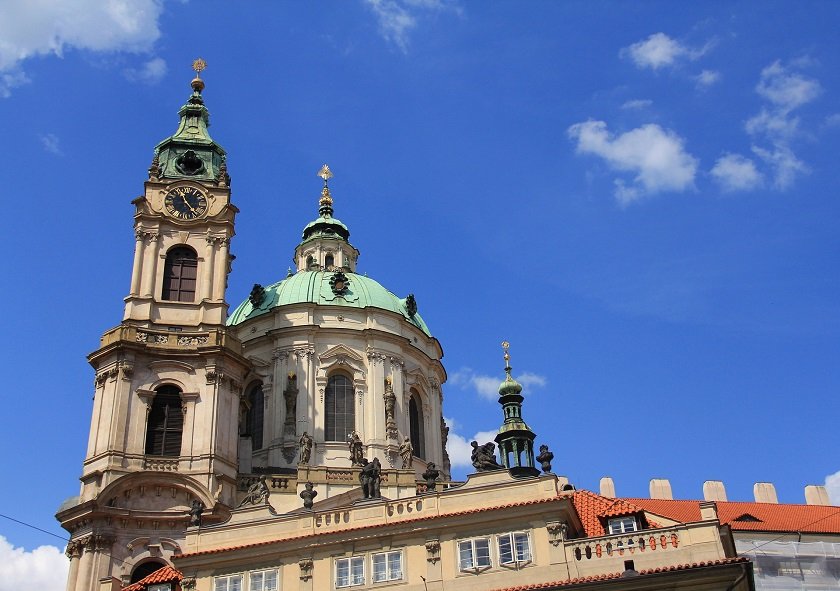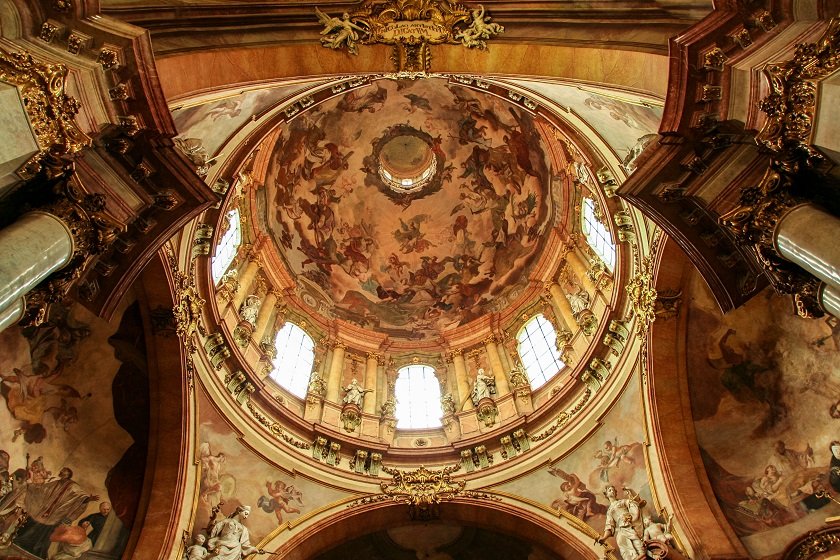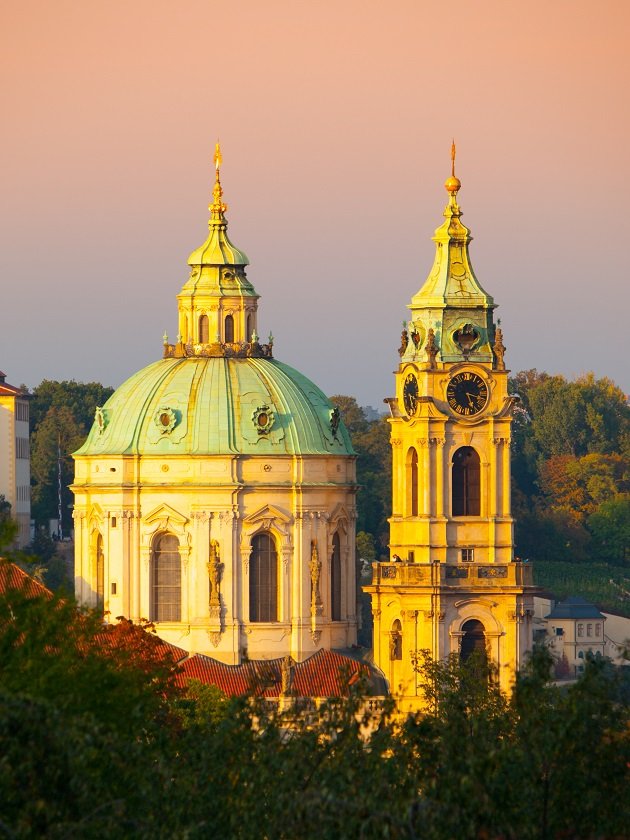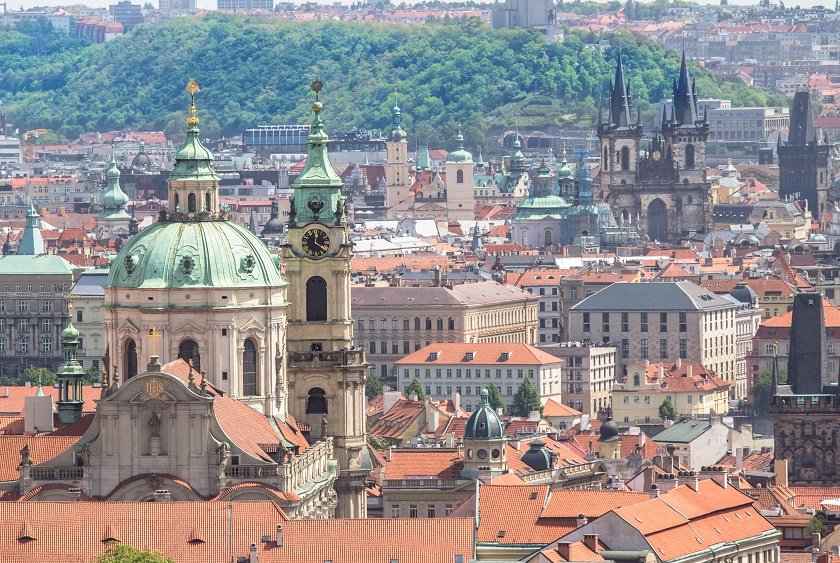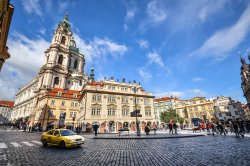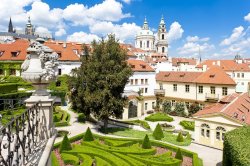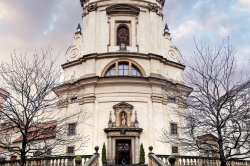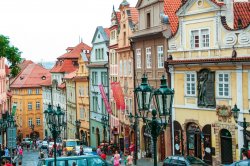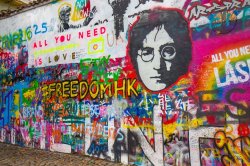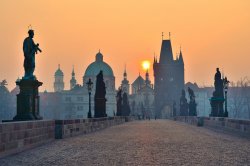Church of St Nicholas
The Church of St Nicholas, with its dominant, massive dome and a slim tower, is considered the most significant Baroque church in Prague. It is situated in the middle of the Lesser Town Square, next to the former Jesuit profession house. It took about 100 years to build the church and several great Baroque architects from the Dientzenhofer family were involved in its construction. Until the 18th century, a Gothic church used to stand on its site, with the Rotunda of St Wenceslas right next to it. However, these buildings had to be pulled down, along with another 12 houses, due to the construction of the church. The interior of the Church of St Nicholas is richly decorated. Visitors can admire, for example, a ceiling fresco (one of the largest in Europe), impressive sculptural decorations and a huge organ (on which Mozart used to play). Visitors can also climb up into the bell tower, which offers a nice view of the Lesser Town and Charles Bridge. There are also two permanent exhibitions in the Church of St Nicholas – the City Warden and the Flat of the watchman with a black kitchen. Besides regular services, which take place every Sunday evening, the church is also a venue for classical music concerts.
Useful information for visitors
Public transport connections
Nerudova bus stop
Opening hours and admission
For up-to-date information about the admission fees go here, for opening hours here. For information about concerts and tickets, click here.
Interesting facts about Church of St Nicholas
The Church of St Nicholas was built by the Jesuit order, which obtained the former Gothic church and the neighbouring buildings in 1625. The church was built in several stages in the 18th century according to the project by Giovanni Domenico Orsi. The church tower originally served as a watchtower for reporting fires or an approaching enemy. During the socialist era, it was used as an observation post for the State Security Service, from where they could monitor the American and Yugoslav Embassies as well as the access road to the Western German Embassy. The neighbouring profession house is at present the seat of the Faculty of Mathematics and Physics of Charles University.
